Like creating a recipe or writing a song, sculpting an effective pricing strategy for your business takes a lot of trial and error. You want your customers to like it and you want it to work well for your business model. But there’s no cookie-cutter way to create a great strategy.
Every customer would love ridiculously low prices every day, but that comes at a major cost to your brand. This can leave you wondering where that sweet spot is to maximize sales, keep shoppers happy, and protect your brand image and margins.
What if there was a way that you could make your pricing strategy achieve all these lofty goals? Price optimization to actually boost profits and stay competitive is easier than you think and can be done in a few different ways.
The Bird’s Eye View to Optimize Your Pricing Strategy
Let’s start with a high-level overview of what you can do to create the ideal pricing strategy for your business. If these are all things you are already doing, you can skip down to the super-specific pricing optimization tips we have later on in this article.
Acquire Competitive Price Intelligence
First up is keeping an eye on the competition, especially if you’re unsure of where to start with your pricing strategy. If shoppers are buying from those stores, then obviously they’re doing something right.
Monitoring your competitors can give you a ballpark estimate of how you should price your products. It also gives you a reference to how you want to position your products and brand in the market for the same or similar products.
Price is all relative to the types of items your competition is selling. Measure their prices against your costs, and you can get a basic understanding of your margins. If you don’t think you can carry healthy margins, you may want to look for different products to sell to increase profitability.
Go beyond the prices and take other competitive factors into account. Study their product assortment to see where your inventory overlaps with theirs and to look for opportunities to expand your inventory.
If they all have ridiculously low prices on a product, and you can’t obtain it at a decent price from a supplier, it’s better to let it be and save your profits. If you see that you’re the only seller of a certain product, you know you can increase your prices to capitalize on the high demand and low supply.

Price Dynamically
The world isn’t static. The internet has enabled brands and retailers to frequently change their prices to keep up with fluctuations in demand and other market factors. Matching these price changes is completely necessary if you want to stay on top of sales and keep inventory moving.
There are several types of pricing strategies you can try out for different products in order to find the ideal strategies for your products. Some of these include:
- Penetration Pricing: Initially pricing a new product purposefully low in order to attract a larger customer base, especially those that may be price-sensitive.
- Premium Pricing: Purposefully setting a higher price for a product than direct competitors to create the appearance of a high-end quality product, and therefore a higher-value product.
- Price Skimming: Initially pricing a new product at the highest retail price customers are willing to pay and then lowering the price over time.
Luckily, repricing software can help you price dynamically.
Most repricers do more than just change your prices, though. They will make sure to uphold or even boost your margins by establishing minimum and maximum price bounds. By establishing these price floors and ceilings, brands and retailers will never let their prices reach the cost level and will make sure their prices always align with their image.
Integrating assortment data into a repricer can also help you boost your prices to capitalize on times when you’re the only seller.
A/B Test Your Prices
If at first you don’t succeed, try and try again. A/B testing is common when it comes to site layouts and email marketing, but have you ever considered doing so with your pricing strategy?
Say you were trying to price 5 percent below the competition. How can you make sure that was actually a successful strategy for your business? Receiving reports and analytics about your pricing strategy’s effect on your bottom line can help you craft an optimal strategy.
Now is the best time to A/B test your strategies.
According to a report by Software Advice, an online review site for point-of-sale systems, 60 percent of retailers are adopting reporting and analytics software into their POS system. This allows them to get a better idea of how their sales are really affecting their bottom line.
If a certain strategy is increasing profitability, then you know you’re doing something right. But the eCommerce landscape is constantly changing, so be sure to stay on the ball!

The Worm’s Eye View of Price Optimization
The above tips are broad strokes over the concept of price optimization.
And, depending on your business’ sophistication and maturity level, could easily be some things you already do or have on your roadmap. If that’s the case, the following tips are more granular and specific ways to optimize your pricing strategy.
Target the Right Products for Price Optimization
Where should you spend your time and effort? Should you be repricing your entire assortment or a select few SKUs? How many different pricing strategies do you need for each category?
These are all great questions to ask, and we recommend that you can quickly optimize your pricing strategies by choosing targeted products first. Segment your catalog at the SKU, brand, and category levels, then identify your most popular products. To do this, determine which metrics define “popular.” For many, this will be total sales or profit margins.
Then, set up a competitive match strategy to price match competitors on your most popular products.
Price Based on Demand
Drilling down into your assortment, you have a few different types of products—typically bucketed into categories such as head, core, and tail. These are the SKUs that drive the most value to your business, or make up the largest percentage of your assortment, or are predicted to become future profit- drivers for your brand. By definition, head, core, and tail SKUs each have different levels of demand in the market.
Therefore, split your assortment into these three groups and price each differently based on demand. This adds a nice layer of sophistication to your optimization efforts that will help your prices stay competitive in a fluctuating market.
Go After Greater Market Share
Do you see a window of opportunity to increase your market share? If so, your prices can help you achieve that goal.
For example, market share is often gained by building customer relationships or repositioning yourself in the market as the brand to buy. Looking at pricing specifically, that might mean aggressively low prices, but there are different ways to implement a competitive pricing strategy.
With that in mind, you can set a “price war” type strategy with lower price points on strategic product categories that you’ve identified as high potential for increased market share. These prices might be at the very lowest bound of your comfortable price range, based on manufacturing costs and potential margin, or slightly below the next lowest competitor.
However, using dynamic pricing, you can set strategies up to be short-term, raising your prices at the optimum time further down the road.
Be careful with price strategies like this in case of an unexpected competitor response or shopper reaction.
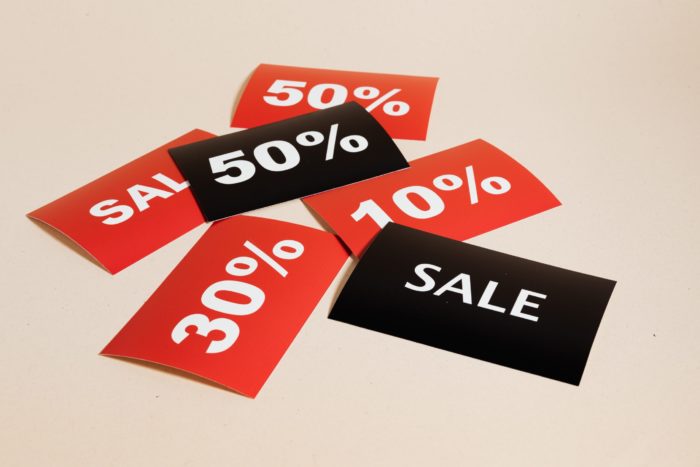
Price Based on a Desired Percentage Increase
Thinking back to what the competition is doing, another price optimization strategy that can work is to target a percentage increase and set a rule to re-price to that number.
For example, you monitor a competitor SKU. You want your price to start at that competitor price but add an additional 10 percent. This is a cost-plus percentage strategy. When done well, it can improve profits by pricing near enough to a competitor to not turn off shoppers or alter your brand image, but just expensive enough to improve your margins.
To do this effectively, you want pricing optimization software that can monitor competitive price intelligence across all relevant SKUs, then set a cost-plus percentage rule that you’re comfortable with.
Everybody’s Pricing for the Weekend
In addition (and close relation) to consumer demand is the day of the week. Depending on your business model, you are likely to see sales go up or down depending on what day it is. Perhaps you’re a weekday business or a weekend business.
What you can do is set a “weekender” type pricing strategy that sets prices to increase or decrease over the weekend, based on demand for those specific days.
Sales go up on weekends? You can increase prices slightly. Going down? Make sure you have higher prices on the weekdays when demand is greatest. Allow the specifics of your business to influence your decision-making; not all strategies will work the same for every brand.
You can find price optimization solutions that allow you to create custom timeframes for accurate implementation of one-time, ongoing, or limited-time price changes. This type of tool would be perfect for a little weekender optimization.
There’s no perfect pricing strategy when it comes to online retail. There are so many factors that go into a consumer’s purchase decision that it’s impossible to perfectly forecast your profits with any pricing strategy.
Spend Your Time on Captive Products
Does your brand sell captive products? These accessory products can be a great part of your catalog to target with your optimization efforts. You can price the core product at the low end of your price bound, while the captive product is priced higher to recoup profits.
For some brands, core products can even be priced at a loss to increase sales, with captive products on the other end of the spectrum. You see this at theme parks (tickets and VIP passes) or airlines (tickets again and upgrades like the number of checked bags). This aggressive strategy may not work for everyone, but less extreme captive product pricing strategies work for a wide range of business models.
There’s no perfect pricing strategy when it comes to online retail. There are so many factors that go into a consumer’s purchase decision that it’s impossible to perfectly forecast your profits with any pricing strategy. That’s why dynamic pricing is so imperative to succeed in online retail.
You don’t have to slash your margins to stay competitive. Instead, stock only what makes sense to sell, adjust prices to stay competitive, and use the results to modify your repricing rules. This way you can find the sweet spot in your pricing and use it to boost your profits sky-high.
How else can you optimize your pricing strategy to boost profits?
Editor’s Note: Contributing writers are Alexandria Flores and Brian Smyth. This post was originally published in April 2015 and has since been updated and refreshed for readability and accuracy.




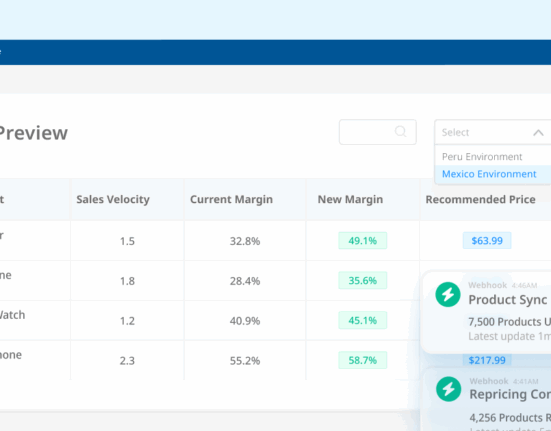
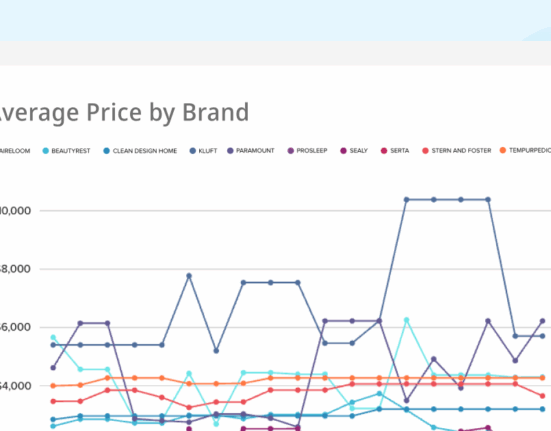

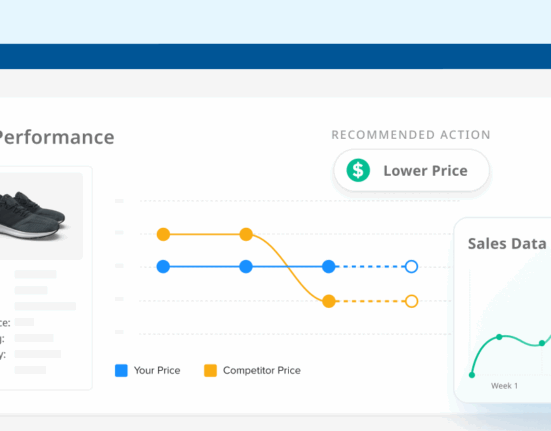

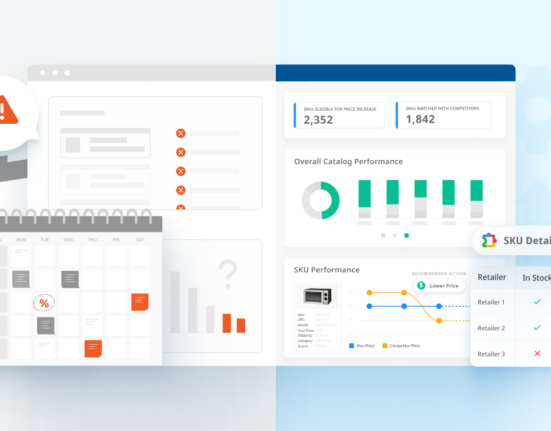
3 Comments
Comments are closed.